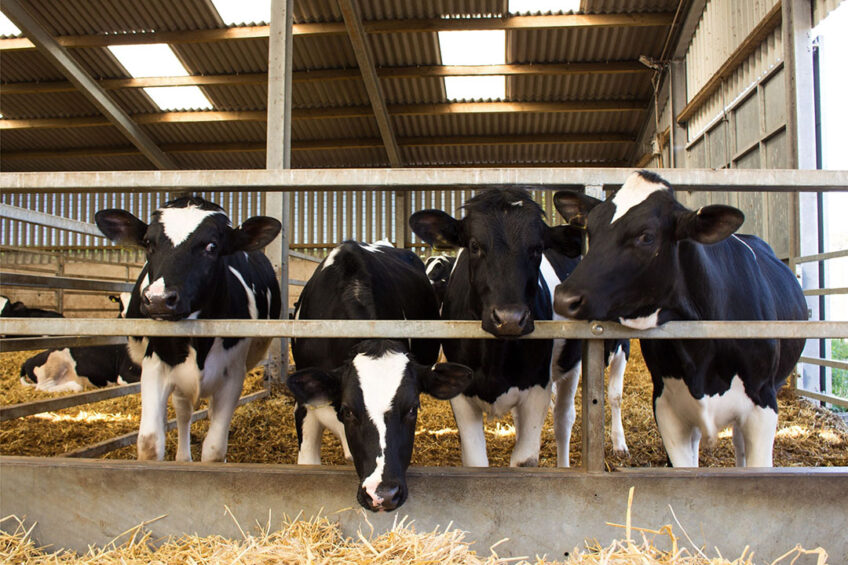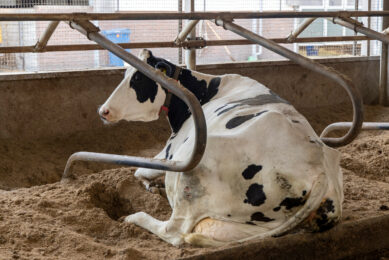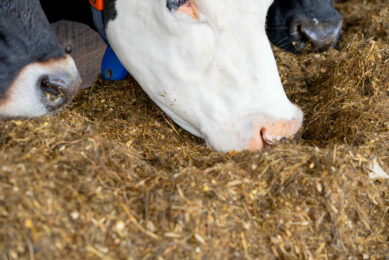Nearly a fifth of heifers fail to reach second lactation

Research has shown that almost a fifth of milking heifers fail to reach their second lactation – the point at which they would recoup their rearing costs.
Researchers at Reading University have found that 17% of milking heifers exit the herd before their second lactation due to a variety of reasons, which vary from farm to farm.
They found that decisions made around fertility, feed, health, housing and grouping had significant impacts on their longevity with the herd.
Heifers feed more slowly, ruminate less, are lower in the pecking order, and can be easily chased away from feed space or lying areas, so need time to adjust. In-calf heifers also require extra care since the soft tissues of the sole inside the hoof is thinnest in younger animals, and around calving, increasing her risk of sole bruising.
The Agriculture and Horticulture Development Board (AHDB) argues that minimising issues caused by stress and disease gives heifers the best opportunity to calve down for a second time. As well as reducing costs – rearing heifers is the second-largest annual expense after feed – it will not only improve herd longevity but also boost the farm’s carbon footprint and enhance consumer perception of dairy farming.
Top heifer tips
Top tips for transitioning heifers into the calving herd include:
- Train heifers to the parlour
- Make sure the calving pen is in a quiet place
- Give them pain relief after calving
- Monitor for clinical and sub-clinical milk fever, ketosis and displaced abomasum 21-30 days post-calving
- Maintain dry matter intake during transition
- Monitor body condition score and rumen fill
- Allow sufficient feed space and push up feed at least 4-6 times per day
- Allow adequate lying space of at least one cubicle per heifer/per 10 square metres in a loose yard
- Minimise group changes to reduce soil stress
- Make sure your heifers are not lame.
The AHDB is holding meetings around the country for farmers to enable them to learn how to increase a heifer’s chances of calving down for a second time. The first meetings are in Preston, Lancashire and Denbighshire, Wales, on 21 March and run through until 31 March.
At the events, farmers will learn more about the economic benefits of achieving optimal performance of their milking heifers, the latest on the effects of social stress and monitoring the various transitions and the benefits of anti-inflammatories at calving. Case studies from several commercial farms will be available.
Join 13,000+ subscribers
Subscribe to our newsletter to stay updated about all the need-to-know content in the dairy sector, two times a week.










